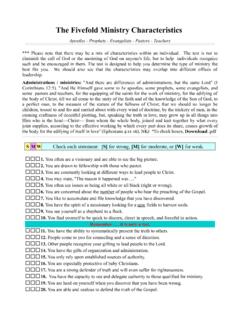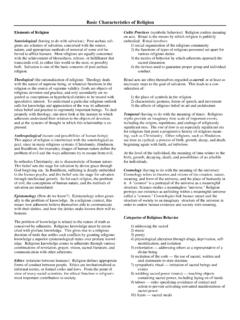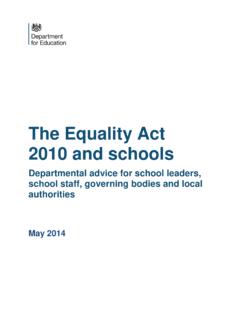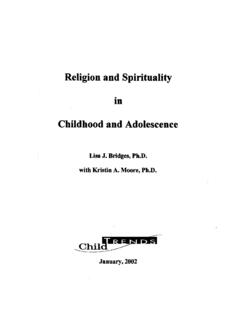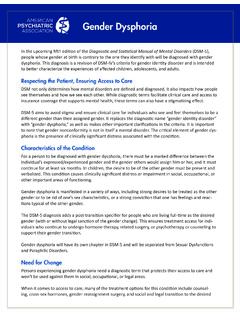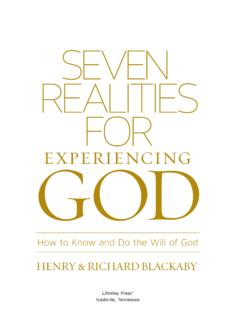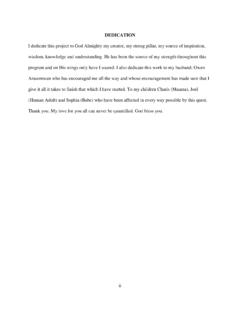Transcription of “Big 8 Identities”
1 Big 8 identities The Big 8 comprises eight of the major identities that help us understand parts of who we are and where we come from. While this list is not all encompassing, it gives us an opportunity to explore some of our social group memberships - many (but not all) of which we are born into. Understanding who we are and who others are helps us honor human dignity and create authentically inclusive spaces. Age: This identity is about how people are categorized by society s perceptions of different age groups. For example, college students may be referred to as kids despite technically being adults and may be dismissed because of assumptions about this group s maturity level and capability.
2 Older adults may also be discriminated against in employment or may be treated as children as they age. Ability: This identity is about the diverse array of differences in physical, mental, cognitive, developmental, learning, and/or emotional make-up. It also includes mental health and the impact of social experiences such as trauma and surviving abuse. Race: This identity refers to the concept used to classify humans based on perceived physical characteristics such as skin color, eye shape and color, hair texture, body shape and size, and other physical features. Ethnicity: While race classifies people based on perceived physical characteristics, ethnicity relates more to culture, such as sharing a common language, ancestry, national origin, and/or a variety of cultural beliefs.
3 Gender: A person s deep seated felt sense of who they are. Gender is different from sex in that sex is generally identified with one s anatomy. Examples of sex are female, male, intersex (having a combination of female and male parts). Examples of gender include cisgender (people whose gender identity matches the gender or sex assigned at birth), transgender (people who identify differently than designated at birth), nonbinary gender identity (those who do not identify as the binary of man or woman in relation to society s definitions and instead view gender as less fixed), genderqueer (a person who may not identify with and/or express themselves within the gender binary), and many more.
4 Because of these varying gender identities , individuals may identify with a variety of gender pronouns that cannot be known by looking at someone (such as she/her/hers, he/him/his, they/them/theirs, and many more pronouns). Sexual Orientation: A person s sexual, emotional, romantic, and/or affectional attractions, not necessarily dependent on behavior. Examples of identities include heterosexual, gay, lesbian, bisexual (people who are attracted to people of two genders), pansexual (a term referring to the potential for attractions or love toward people of all gender identities and sexes), asexual (people who either do not feel sexual attraction or do not feel desire for a sexual partner or partners.)
5 Some asexual individuals may still have romantic attractions), queer (a self-identification for a person whose gender identity/expression and/or sexual orientation does not conform to societal categories), and many more. Socioeconomic Status: This category is commonly conceptualized as one s social standing in society based on income, wealth, or poverty. It is often used interchangeably with social class, but social class includes additional factors such as a combination of education, income, occupation, lifestyle, and family background. Religion: This identity category relates to a person s or a group s beliefs about the existence of god or gods and/or an identification with a particular religion or set of spiritual practices.
6 For example, a person may identify with one of the major world religions, and/or as agnostic, spiritual, atheist, and many more.
